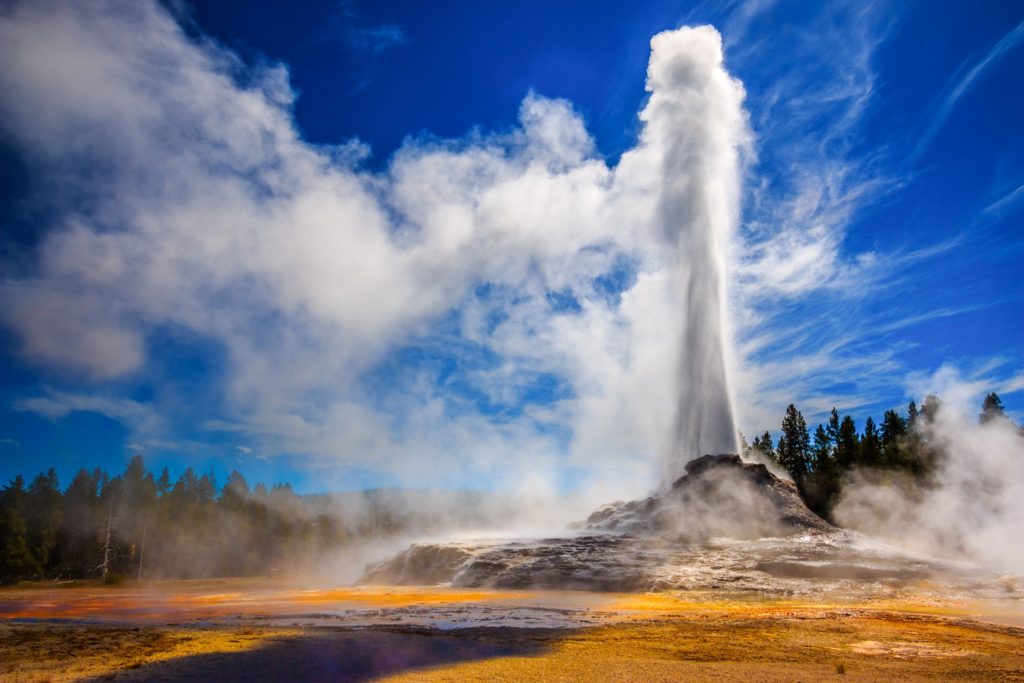We saw the “blowoff” top in bonds last summer (see this and this). This summer investors get to witness what the “blowoff” stage of a massive stock market bubble looks like. My friend, John Hussman, outlined the technical case earlier this week.
'Increasing frequency and shallow character of market retreats is a general feature of speculative blowoffs.' https://t.co/ABURv3lO3p pic.twitter.com/N5shiqUDm3
— Jesse Felder (@jessefelder) June 12, 2017
But in addition to technicals, fundamentals and sentiment and how they relate to each other are also key components of identifying these things. Like most bubbles, investors are clearly aware of what’s going on.
Record number people think the equity markets are overvalued (2000 was the last time it was close to current level) https://t.co/niMEmRtMrs pic.twitter.com/aSCuTtVXyI
— Jesse Felder (@jessefelder) June 14, 2017
And it reminds me of the real estate bubble in that at the peak of the bubble everyone knew it was a bubble.
For all of those who insist 'it can't be a bubble if everyone thinks it's a bubble.' It's just the opposite: pic.twitter.com/hxQB537OIh
— Jesse Felder (@jessefelder) August 28, 2016
Still, they couldn’t help but throw their hats into the ring. The same is true today. This is why it’s also sometimes called a “mania.”
This is what 'euphoria' looks like: pic.twitter.com/Ia1og8qGkf
— Jesse Felder (@jessefelder) June 14, 2017
This mania is unique in that it’s a less direct form of bullishness. Investors aren’t necessarily going gaga for residential real estate or dotcom stocks. They are going gaga for passive investing.
Shift from active to passive investing is by definition a lengthening of time horizons, which is risk-seeking behavior. I remain skeptical.
— Conor Sen (@conorsen) May 30, 2017
And this is probably a much greater indication of risk seeking than most currently appreciate.
Funny how many use 'past performance is no guarantee of future results' disclaimer but don't actually believe it. https://t.co/KJhBE3Ax1H
— Jesse Felder (@jessefelder) June 15, 2017
Over the past decade investors have increased this risk-seeking behavior in a huge way.
'We are seeing some short-term anomalies not caused by fundamentals but by passive strategies.' https://t.co/VDePWfSpIn ht @Peter_Atwater pic.twitter.com/2mWWLfX8mR
— Jesse Felder (@jessefelder) May 19, 2017
The trend has accelerated greatly in recent months.
Just in: Vanguard took in $34b in May, a 5th straight record month, brings flows to $181b for 2017, 42% higher than any other start to year. pic.twitter.com/4DvAdm4SKn
— Eric Balchunas (@EricBalchunas) June 5, 2017
Make no mistake, this is quite possibly the ‘greatest bubble ever.’
NEW PODCAST: Steven Bregman On ‘The Greatest Bubble Ever’ (Passive ETF Investing) https://t.co/5GSeitwvuq pic.twitter.com/G3wkIHpm7G
— Jesse Felder (@jessefelder) June 6, 2017
At this point, it’s entirely taken over the markets.
Passive and quantitative investing now accounts for about 60% of trading volume, traditional stock picking just 10%: https://t.co/1NiShrgntL
— Jesse Felder (@jessefelder) June 13, 2017
So much so, in fact, that the major media outlets are proclaiming the death of active investing.
'The Death of Value Investing' https://t.co/7ILK9HE6qx pic.twitter.com/fKxVNizRXm
— Jesse Felder (@jessefelder) June 8, 2017
At the same time, they extrapolate the current euphoria indefinitely into the future.
FANG: 'Resistance is futile' https://t.co/loIxkLjwqd
— Jesse Felder (@jessefelder) June 14, 2017
But there are signs that these massive flows into passive ETFs may have actually exhausted themselves.
Did we just witness peak passive? https://t.co/brQSNw1SpW via @SoberLook pic.twitter.com/m2GX2g7rDT
— Jesse Felder (@jessefelder) June 14, 2017
And if that’s the case, what besides massive price-insensitive buying is going to sustain the unprecedented valuations of financial assets?
The bigger they come… pic.twitter.com/TqbXdji7U0
— Jesse Felder (@jessefelder) June 14, 2017
